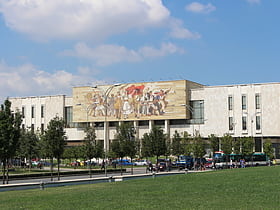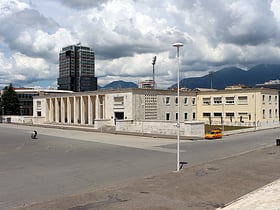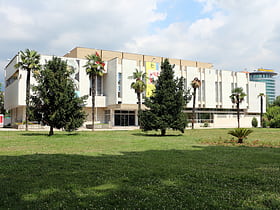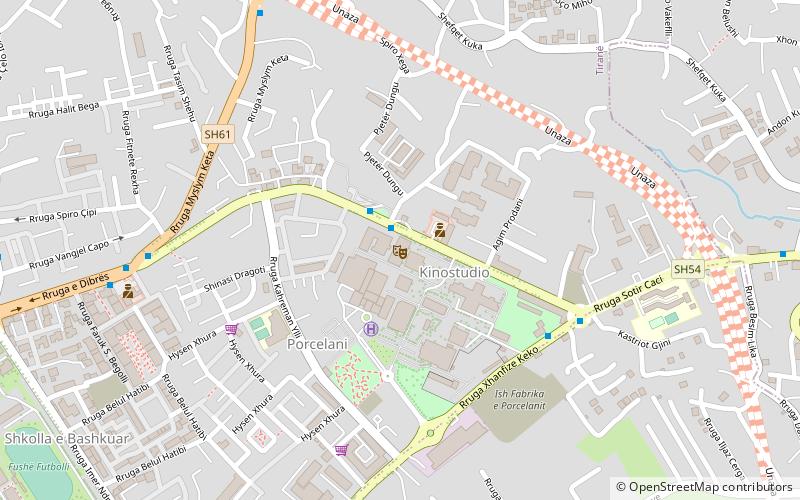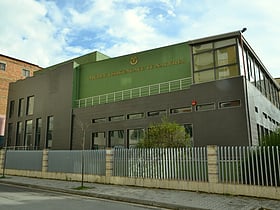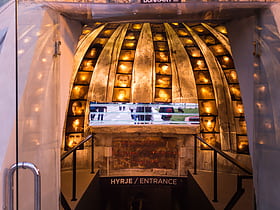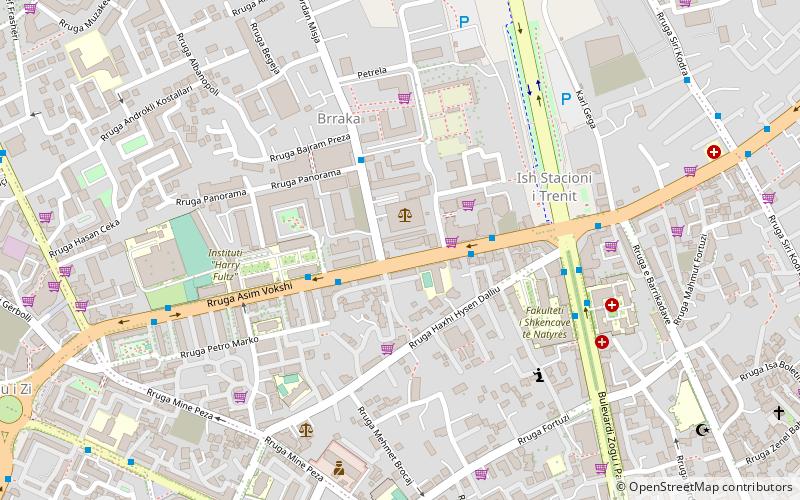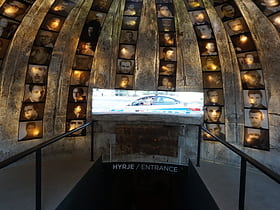Tirana: Museum
Places and attractions in the Museum category
Categories
- Museum
- Shopping
- Shopping centre
- Church
- History museum
- Mosque
- Memorial
- Forts and castles
- Universities and schools
- Park
- Street
- Sport venue
- Sport
- Arenas and stadiums
National History Museum
Large museum for Albanian history The National History Museum, situated in the heart of Tirana, Albania, serves as a cultural beacon illuminating the rich tapestry of the nation's past. Established in 1981, this museum is the largest of its kind in Albania and stands as a testament to the country's...
National Archaeological Museum
The National Archaeological Museum, nestled in the heart of Tirana, Albania, stands as a testament to the rich historical tapestry of this Balkan nation. As the largest archaeological museum in the country, it offers visitors an unparalleled glimpse into Albania's...
National Gallery of Art
The National Gallery of Art, nestled in the heart of Tirana, Albania, is a cultural beacon that showcases the rich tapestry of Albanian visual arts. This museum, an essential destination for art enthusiasts and historians alike, offers a deep dive into the country's...
Central State Film Archive
The Central State Film Archive is the main film archive of Albania. Based in Tirana, the archive has listed in its repository 271 feature films, 166 animated films, 1,131 documentaries and 1,012 film chronicles between the years 1945–2015.
Natural Sciences Museum of Albania
Natural Sciences Museum "Sabiha Kasimati" is a natural science museum in Tirana, Albania.
General Directorate of Archives
The General Directorate of Archives is the national archive of the Republic of Albania, located in Tirana. Under the former control of the Party of Labour of Albania, the directorate houses the papers of the former People's Socialist Republic of Albania, and papers that were held by citizens prior to the regime.
Tirana Mosaic
The Tirana Mosaic is a landmark in Tirana, Albania. It is believed to have been part of a 3rd-century Roman house, referred to by local archeologists as the 'Villa rustica'. Later, in the 5th and 6th centuries, a Paleo-Christian Basilica was built around this site. It was declared a cultural monument of the first category in June 1973.
Map

